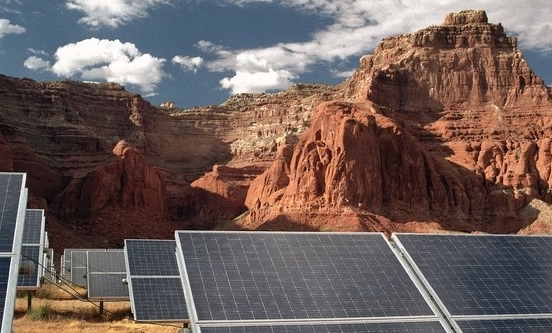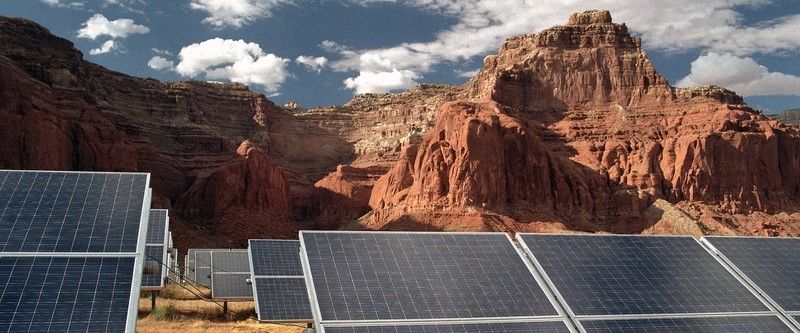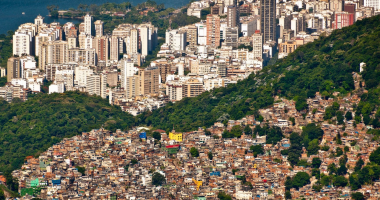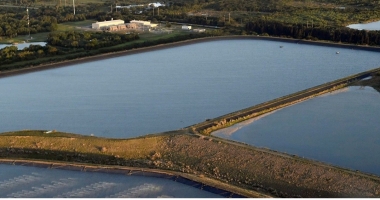Climate, Health and Equity Brief
Wind, Solar and Communities of Color
June 12, 2020

Photo credit: Gonzalo Fuentes/Reuters
The Climate, Health & Equity Brief is GMMB’s take on the week’s news on the current impacts of climate change. If you haven’t subscribed yet, you can do so by clicking here.
Hot Topic: Renewables. While global carbon emissions have fallen sharply due to COVID-19 lockdowns, atmospheric carbon dioxide levels have continued to rise, and in May reached the highest level of concentration seen on earth in three million years. Despite this reminder that combating the effects of fossil fuel pollution will take decades of investment in decarbonization, the Trump administration once again used the cover of COVID-19 to prioritize oil and gas companies by rolling back Clean Air Act regulations during a respiratory pandemic.
Meanwhile, two major reports out this week provide hope about the transition to renewable energy. As prices for solar and wind rapidly decline, one study found that the cost to maintain existing coal plants is now greater than building brand new solar and wind energy projects. Another determined that falling solar, wind and battery prices have made it economically feasible for 90 percent of U.S. electricity to come from renewable sources by 2035. These findings are a major development, as previous studies concluded that such levels could not be reached until 2050.
This transition is especially important for communities of color. While Black, Indigenous and people of color account for 39 percent of the U.S. population, they make up 81 percent of the population in the 10 counties the CDC deems most vulnerable to disasters, and 67 percent live in the 10 counties that NOAA rates as the most vulnerable to extreme heat. In many cases, these communities lack the infrastructure, funding and resilience to recover from the impacts of climate change.
One such community is making strides in building resilient infrastructure. The Navajo Nation, which was widely ignored during U.S. rural electrification efforts in the 1930s, is actively working to leverage existing solar technology to bring sustainable, community-based power to their homes.
—Matt & Traci, GMMB
Equity
A new analysis found that people of color make up 81 percent of the population in the 10 U.S. counties most vulnerable to natural disasters due to a lack of federal climate and emergency funding. (E&E News)
Native Renewables, a solar installation company, is leveraging solar technology to bring sustainable, community-based electricity to The Navajo Nation, which was left out of rural electricity expansion efforts in the 1930s. (Global Citizen)
Racial justice leaders and advocates are denouncing environmental rollbacks by the Trump administration that exacerbate air, water and waste pollution in minority neighborhoods and cause disproportionate health impacts. (Our Daily Planet)
The EPA has declined to delay an Alaskan mining project that threatens the economic stability of native Alaskans reliant on the state’s salmon fishery and risks the permanent loss of wetlands and streams. (The Washington Post)
Health
New data reveals that carbon dioxide levels in the U.S. reached an all-time high of 417 parts per million in May despite a temporary decrease in emissions during recent coronavirus lockdowns. (Forbes)
Unseasonal rainfall has allowed for the continued breeding of locusts and extended infestations across Africa, Asia and the Middle East, overwhelming farms and threatening to push millions into a hunger crisis. (The Guardian)
As Cristobal continues its unprecedented push northward, meteorologists are forecasting tropical storm conditions and potential tornadoes in the U.S. Central Plains and Upper Midwest regions. (CNN, AccuWeather)
Politics & Economy
A new report revealed that replacing the world’s most expensive existing coal plants with new solar projects or wind farms would generate $23 billion in savings among global energy companies. (The Guardian)
A new study found that it is economically feasible for 90 percent of U.S. electricity to come from renewable sources by 2035 due to rapidly declining wind, solar and battery costs. (Greentech Media)
Action
Scientists and researchers across the country went on strike this week and took a pause on classes, research and other work to call for racial justice and greater diversity in academia and STEM. (The New York Times)
New Jersey’s State Board of Education has announced that all K-12 students will receive comprehensive climate change education beginning in 2021, making it the first U.S. state to adopt a climate curriculum. (CNN)
Kicker
Want to learn more about the links between racism and the environment? Check out this reading list about climate change and social inequities.
“There is no answer to climate change without substantially and dramatically increasing the amount of renewable energy in the global energy system.”
– Christiana Figueres, former executive secretary of the UN Framework Convention on Climate Change






